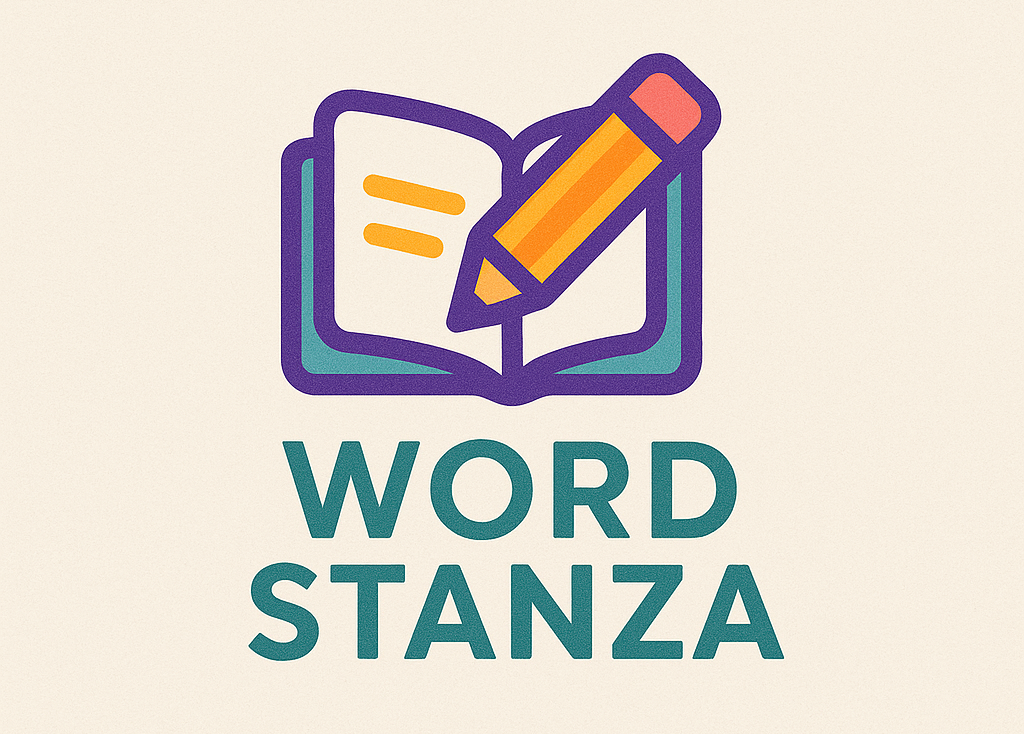Secured financing is a fundamental concept in the world of finance, offering both lenders and borrowers distinct advantages that can simplify and streamline the lending process. At its core, secured financing involves a borrower pledging an asset as collateral for a loan. This arrangement provides the lender with a safety net, as they have the right to seize the collateral if the borrower fails to meet their repayment obligations.
The most common forms of secured financing include mortgages, auto loans, and secured personal loans. Each of these loans requires the borrower to provide collateral, which is typically the asset being financed. For instance, in a mortgage, the home itself serves as collateral. Similarly, in an auto loan, the vehicle acts as security for the lender. This form of financing is attractive to lenders because the risk is mitigated by the tangible asset backing the loan.
For borrowers, secured financing can offer several benefits. One of the primary advantages is the potential for lower interest rates compared to unsecured loans. Because the lender’s risk is reduced, they are often willing to offer more favorable terms. This can make secured loans an attractive option for individuals seeking manageable repayment plans. Additionally, secured loans may allow borrowers to access larger amounts of money, as the collateral provides assurance to the lender of repayment capability.
However, there are also risks associated with secured financing. If the borrower defaults on the loan, they risk losing the asset pledged as collateral. This possibility underscores the importance of ensuring that one can meet the loan’s terms before entering into a secured financing agreement. Prospective borrowers are encouraged to thoroughly assess their financial situation and consider whether the potential benefits outweigh the risks involved.
Different types of assets can be used as collateral in secured financing. Real estate is one of the most commonly used assets, but other options include vehicles, savings accounts, or even stocks and bonds. The type of asset used often depends on the nature of the loan and the lender’s requirements. It is crucial for borrowers to understand the terms associated with their collateral to avoid any surprises later on.
For lenders, the attractiveness of secured financing lies not only in the reduced risk but also in the potential for asset recovery. In the event of a default, the lender has the legal right to seize the collateral and sell it to recoup their losses. This process, however, can be complex and time-consuming, and it may result in additional costs for the lender.
To better understand secured financing, one can explore resources such as ficoso.com, which offers insights into various financial products and services. This kind of research can provide valuable information on how secured loans are structured and what borrowers can expect during the application and repayment process.
Another important aspect of secured financing is the impact on one’s credit score. Successfully managing a secured loan can positively influence a borrower’s credit history, as timely payments demonstrate financial responsibility. Conversely, defaulting on a secured loan not only leads to the loss of collateral but can also significantly damage one’s credit score, making it more challenging to obtain credit in the future.
By carefully considering the pros and cons of secured financing, both borrowers and lenders can make informed decisions that align with their financial goals. Whether it’s purchasing a home, a vehicle, or consolidating debt, secured loans offer a viable solution when approached with diligence and forethought. In any financial venture, understanding the underlying principles and potential outcomes is key to achieving success and avoiding unnecessary pitfalls.




